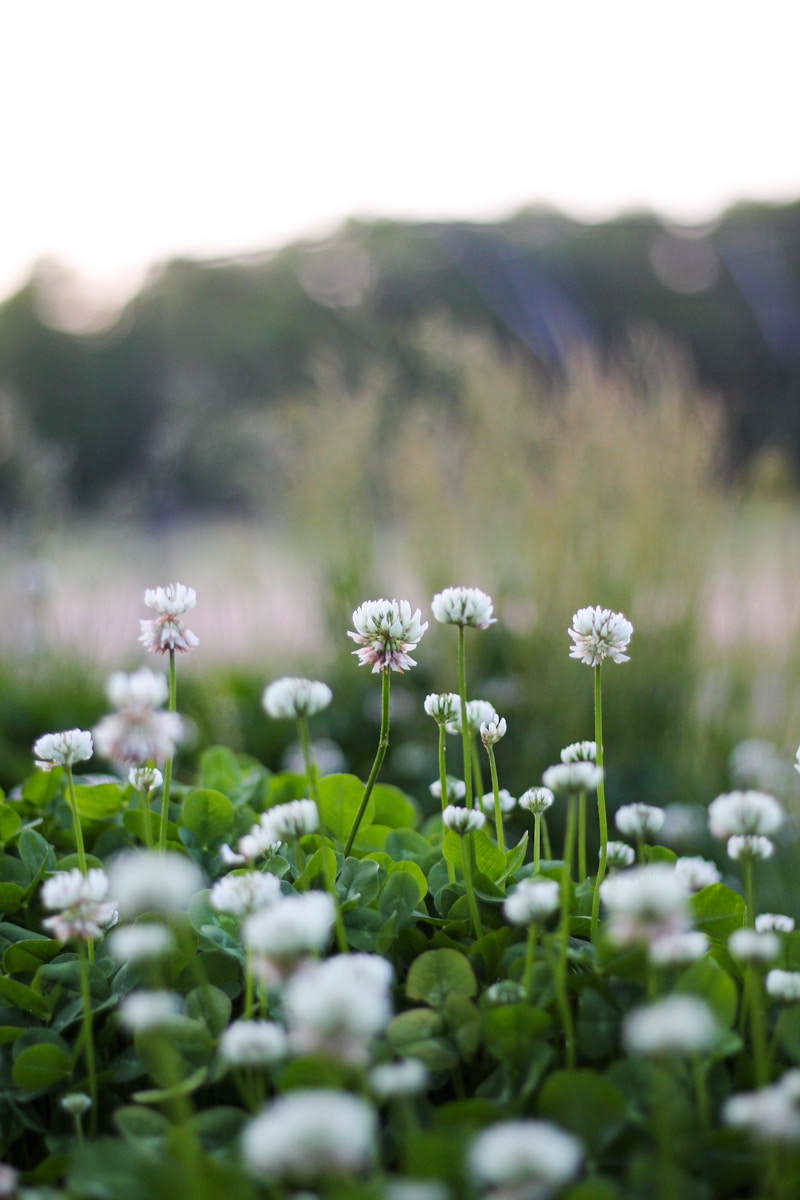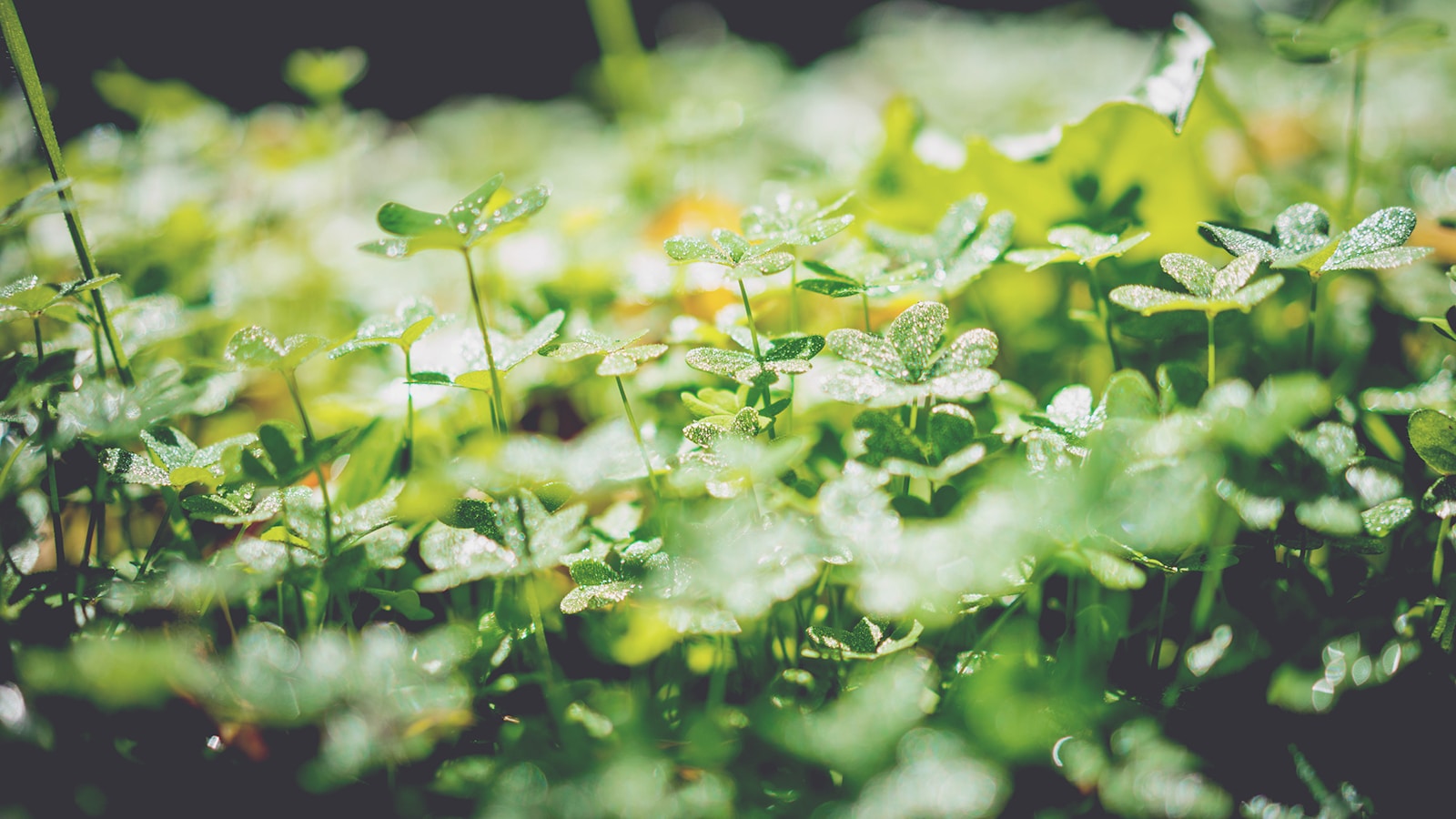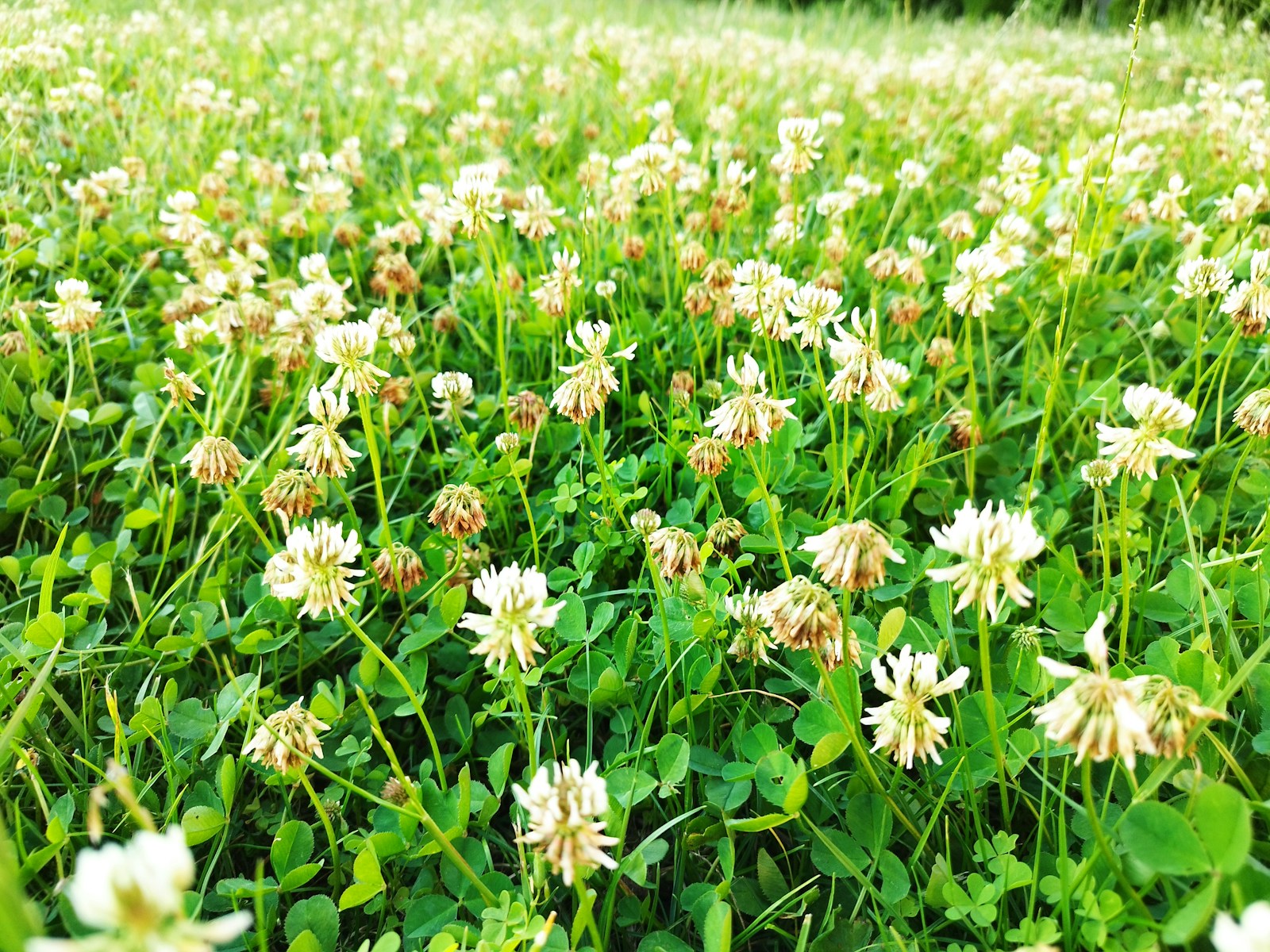When it comes to lawns, most homeowners default to grass without ever considering alternatives. But clover is quickly gaining attention as a low-cost, low-maintenance option. If you’re weighing the two, here’s how the numbers—and the effort—stack up.
Initial Costs
Grass Lawns
- Grass seed: $2–$5 per pound, with about 5–10 pounds needed per 1,000 square feet.
- Fertilizer, starter soil amendments, and weed preventers often add $100–$200 up front.
- Installation (if hiring professionals) can push costs into the thousands.
Clover Lawns
- Clover seed: $8–$12 per pound, but you need much less—only 1–2 pounds per 1,000 square feet.
- Minimal soil amendments required.
- DIY installation is simple, so professional help is rarely needed.
Winner: Clover, by a wide margin. Even though clover seed costs more per pound, you use far less of it.
Ongoing Maintenance
Grass Lawns
- Fertilizer: $150–$300 annually to maintain that green color.
- Watering: Grass often requires regular irrigation in summer, which adds to your water bill.
- Mowing: Weekly mowing during peak growing season.
Clover Lawns
- Fertilizer: None needed—clover makes its own nitrogen.
- Watering: Minimal, with only occasional deep watering in dry spells.
- Mowing: Optional; many homeowners mow just once a month or not at all.
Winner: Clover again. Over time, savings on fertilizer, water, and mower fuel add up quickly.
Longevity and Durability
Grass Lawns
- Can last indefinitely with proper care, but heavy wear and pet damage often mean frequent reseeding or patching.
- Susceptible to drought, pests, and disease, which increase costs.
Clover Lawns
- Typically lasts 2–3 years before overseeding is needed.
- Tolerates moderate foot traffic but not as durable as turfgrass under heavy use.
- More resistant to pet urine, which can save on repair costs.
Winner: Grass, if you prioritize long-term durability. Clover is cost-effective but requires periodic reseeding.
The Intangibles
- Clover offers eco-friendly savings—less water, fewer chemicals, and natural support for pollinators.
- Grass lawns are still considered the “standard,” which may matter for resale value in some neighborhoods.
Bottom Line
If you’re looking purely at the budget, clover lawns win hands down. Lower upfront costs, minimal maintenance, and long-term savings make them an appealing option for eco-conscious homeowners. Grass lawns still have the edge for heavy use and traditional curb appeal, but if you’re open to change, clover is the more affordable choice in the long run.


